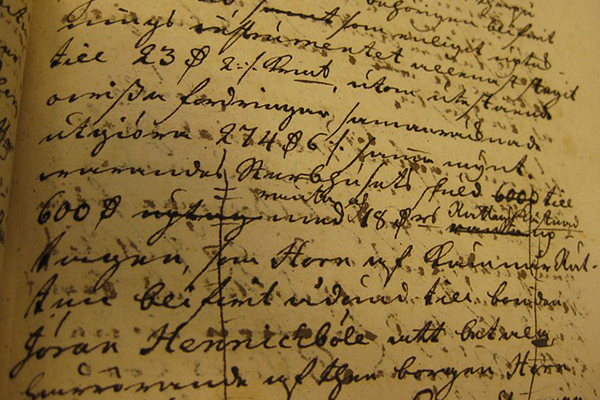Many Swedes have difficulties reading and writing. For some, this can be because they have always struggled, while others have suffered injuries that affect their ability to read. There are also many people in the country whose first language is not Swedish. People who are born deaf and have never heard spoken Swedish may also have difficulty using their voices and with speech. Sign languages are also different from spoken languages. There is no international sign language.
By writing in plain language, we make life easier for the deaf, as well as others, such as those born abroad. In addition, Uppsala University is a bilingual university. This means that our Swedish texts are translated into English as far as possible.
By writing clearly, we make it easier for everyone to absorb the content of a text. It’s never wrong to express yourself clearly as a writer if your aim is to make an impact with your text.
A few quick and easy writing tips:
- Use gender-neutral nouns in Swedish such as lärare, skådespelare and riksdagsledamot instead of lärarinna, skådespelerska and riksdagskvinna, for example.
- Do not use punctuation unnecessarily. For instance, there is no need to use a comma before ‘och’ in Swedish.
- Avoid complex words and long sentences if possible.
- Simplify your text with shorter words and expressions. Use the shorter, simpler word “om” rather than “beträffande/gällande/angående”. Likewise, use “för” instead of “rörande” in sentences such as “Ett tillståndsbevis för rätten att ha...”
- Compound word or not? We are seeing more and more texts where compound words are written incorrectly. If you are unsure, check a dictionary. But remember that Swedish words such as “ihop” and “isär” should be compounds with no space in the middle.
